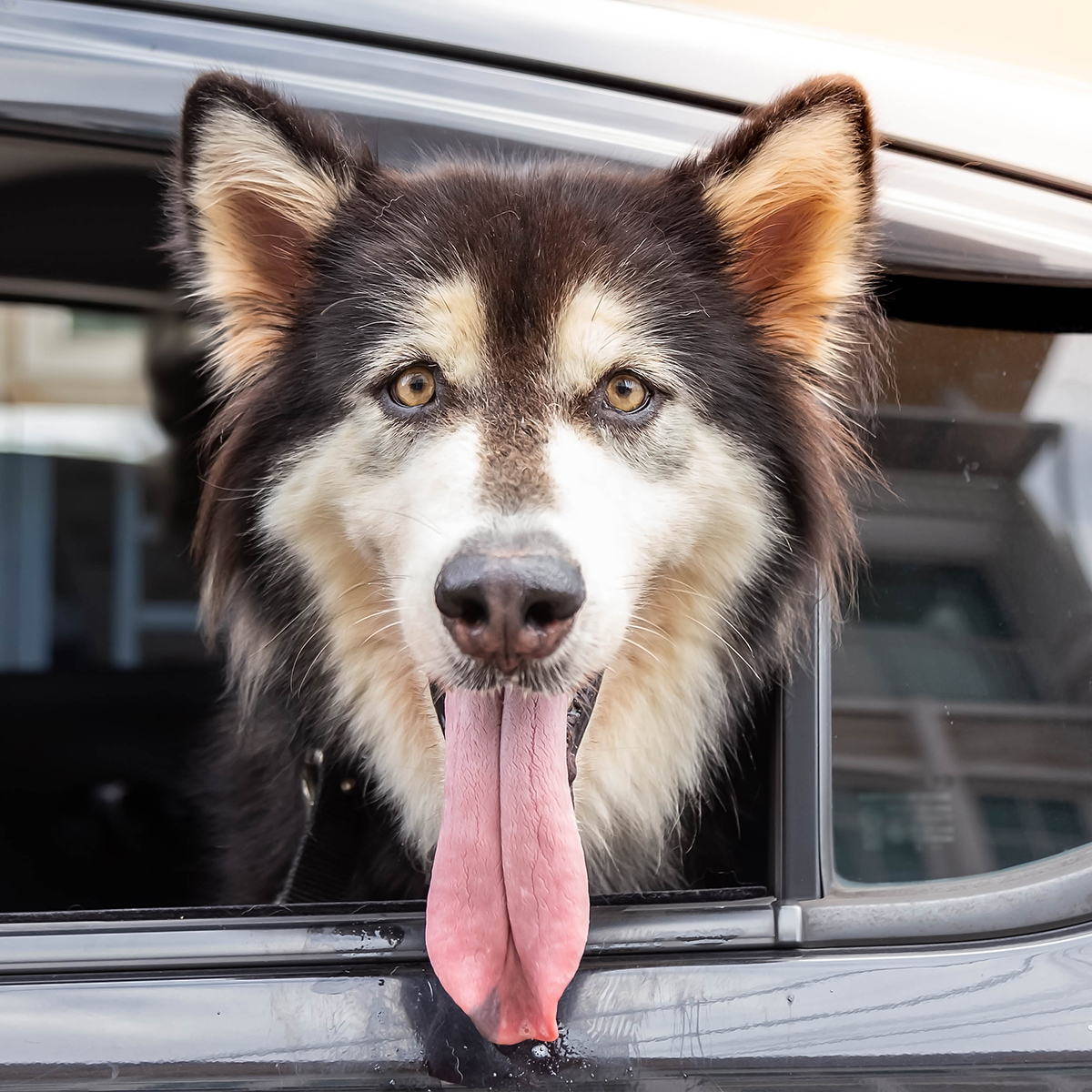How to Protect Your Dog from Heatstroke
The owner was frantic. Just an hour before Rocky was playing in the yard. Now he was in our hospital unable to walk with a 110 degree temp — he was suffering from heatstroke. Moments later, another man arrived with his neighbor’s golden retriever, whom he found dead in the back yard. On this sad day, the Texas heat claimed the lives of both of these beloved pets.
Every summer, our ER team at The PARC treats many dogs after spending just a few hours in the hot sun.
It’s important to remember that dogs don’t sweat like we do. Cooling themselves by panting, dogs use the moisture evaporating in their lungs as a means to lower their body’s temperature. Anything that overwhelms this natural cooling system leads to heatstroke.
Normally, a dog’s temperature ranges from 100 to 102.5 degrees. In cases of heatstroke, temperatures over 106 degrees are considered to be an emergency situation. Temperatures over 110 degrees can be fatal in a matter of minutes.
Symptoms of Heatstroke in Dogs
- Vigorous panting
- Inability to stand or weakness while standing
- Thick saliva, literally foaming at the mouth
- Bright red mucous membranes, although some dogs may show pale gums
Pets Commonly Affected by Heatstroke
Heatstroke can affect any dog, although dogs with short faces, such as Boston Terriers, Pugs and Bulldogs may be at higher risk due their inability to effectively pant and cool themselves.
Many people believe that their pet will be fine outdoors. However, inadequate shade and/or water can affect even the most seasoned outdoor dog. Temperatures as low as 75 degrees can be risky for large, flat-nosed breeds, while anything above 85 degrees becomes truly dangerous – and when temperatures approach the triple digits, just a few minutes outdoors can be too much.
Interestingly, heatstroke in cats is very rare. Most animal experts believe that cats are extremely good at finding the coolest spots and also avoid the excessive play that dogs thrive on.
What to Do If You Find Your Dog Vigorously Panting
- Immediately move the pet out of the hot environment and into a cooler place.
- Get the pet into a shady area with a fan running on him/her.
- Use cool – NOT cold – tap water on the extremities and trunk to help him/her cool off.
Do not use ice or extremely cold water. Although it seems logical, extreme cold will cause surface blood vessels to contract, forming an insulating area that traps heat in the body, delaying the cooling of the vital organs.
If your dog doesn’t recover quickly, get him to The PARC as soon as possible.
Without these lifesaving steps, many dogs might lose their lives to the “dog days” of summer. But quick-thinking owners and a skilled veterinary team, like ours, can help get them back on their feet in no time.


